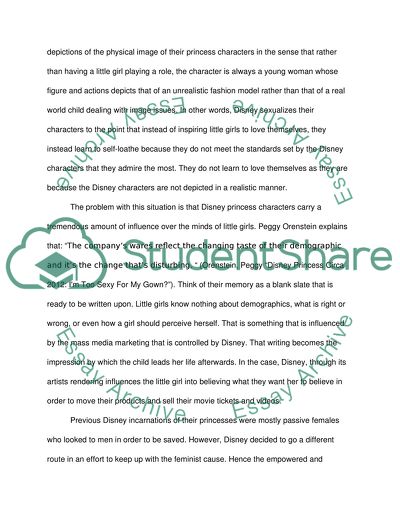Cite this document
(“The Sexualization of Disney Charaters Research Paper”, n.d.)
Retrieved from https://studentshare.org/visual-arts-film-studies/1494797-the-sexualization-of-disney-charaters
Retrieved from https://studentshare.org/visual-arts-film-studies/1494797-the-sexualization-of-disney-charaters
(The Sexualization of Disney Charaters Research Paper)
https://studentshare.org/visual-arts-film-studies/1494797-the-sexualization-of-disney-charaters.
https://studentshare.org/visual-arts-film-studies/1494797-the-sexualization-of-disney-charaters.
“The Sexualization of Disney Charaters Research Paper”, n.d. https://studentshare.org/visual-arts-film-studies/1494797-the-sexualization-of-disney-charaters.


